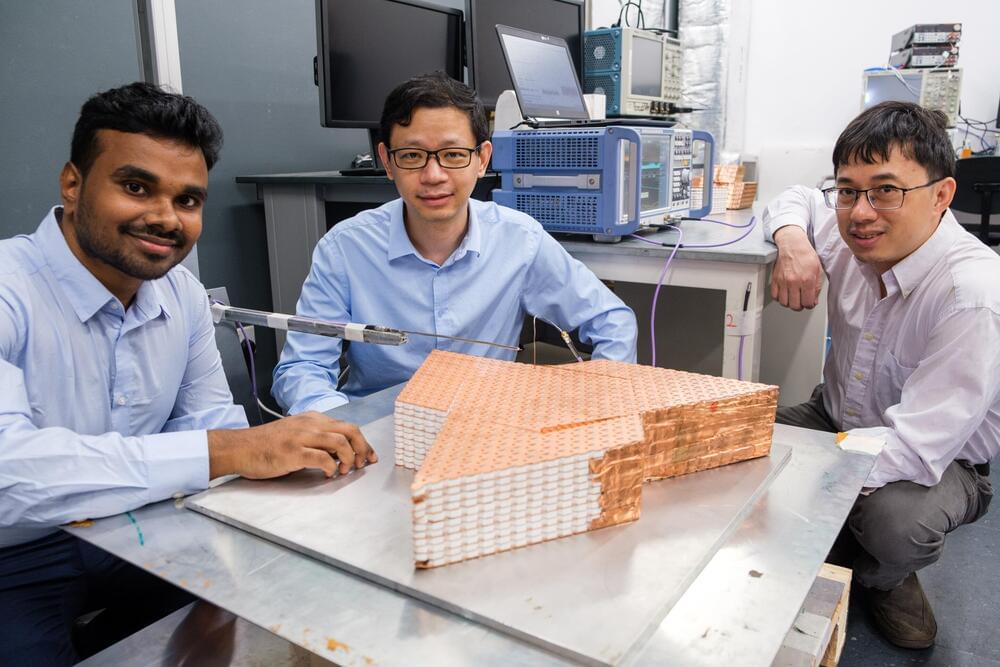AI models, like ChatGPT-4, can simulate human-like reasoning by solving theory of mind tasks. This breakthrough suggests AI’s potential for advanced social interactions but raises ethical concerns about trust and misuse.



Jeff Bezos, the billionaire founder of Amazon, has always been a visionary investor, known for his early stakes in companies like Airbnb and Uber. In 2024, Bezos has turned his attention to a new frontier: AI-powered robotics. This bold move signifies a major shift as Bezos bets on the next wave of technological innovation, aiming to revolutionize industries and everyday life.
In April of last year, Marko Bjelonic, co-founder and CEO of Swiss-Mile, a Zurich-based robotics company, reached out to Bezos with a detailed proposal—an Amazon-style “6-Pager”—to pitch his company’s vision. Bjelonic recalls, “I was pleasantly surprised by Jeff’s patience and relaxed demeanor.” What was initially a planned 30-minute call extended to an hour, feeling more like a conversation than a formal interview.
This meeting led Bezos to co-lead a $22 million funding round for Swiss-Mile in August. Swiss-Mile is developing AI-driven robots that resemble headless dogs with wheels instead of feet, designed to deliver packages autonomously. These robots are currently undergoing trials on Zurich’s streets, marking a significant step towards commercial deployment. According to Bjelonic, “Our goal is to see these robots reliably deliver packages from point A to point B, enhancing efficiency and reducing human labor.”


Nokia’s Transparent 5g Smartphone: In a bold move that could redefine smartphone aesthetics, Nokia is preparing to launch an innovative transparent smartphone in the Indian market. This ambitious device promises to combine cutting-edge camera technology, robust battery life, and revolutionary design elements that could set new standards in the mobile industry. Let’s delve into what makes this upcoming device particularly noteworthy in today’s crowded smartphone landscape.
Revolutionary Design Philosophy

Link :
A 25-year-old woman in China has had her Type 1 diabetes reversed through a groundbreaking new stem cell therapy treatment! As you can imagine, this represents a historic turning point in medical history. This revolutionary procedure has enabled her to create insulin on her own, relieving her of the constant daily hassle of injections. When this breakthrough eventually goes public, it will provide hope to millions worldwide dealing with this chronic condition.
According to Medlineplus, type 1 diabetes is classified as an autoimmune disorder in which the immune system erroneously attacks beta cells in the pancreas that produce insulin. Without insulin, your blood sugar levels can become dangerously elevated, leading to long-term damage to your vital organs. Managing this illness has generally required lifetime insulin therapy, which usually involves numerous daily injections or using insulin pumps. However, despite all of these measures, patients still face the risk of complications such as kidney damage, heart disease, and nerve issues.
This procedure involves extracting the patient’s adipose (fat) cells and reprogramming them into pluripotent stem cells. These adaptable cells have the amazing ability to develop into practically any kind of cell in the body. Scientists meticulously turned them into insulin-producing islet cells that resembled those damaged during the autoimmune onslaught. These new cells were then transplanted into the patient’s abdomen muscles and started to function as a biological insulin pump! The success of this technique is due to its individualized approach. The use of the patient’s own cells considerably reduces the likelihood of immune system rejection. Additionally, this circumvents the necessity for lifelong immunosuppressive medicines, typically prescribed for organ or cell transplants but present their own complications.

Researchers led by Nanyang Technological University, Singapore (NTU Singapore) have developed a breakthrough technique that could lay the foundations for detecting the universe’s “dark matter” and bring scientists closer than before to uncovering the secrets of the cosmos.
The things we can see on Earth and in space— visible matter like rocks and stars—make up only a small portion of the universe, as scientists believe that 85% of matter in the cosmos comprises invisible dark matter. This mysterious substance is said to be the invisible glue holding galaxies together. Finding it could help us understand cosmic phenomena that cannot be explained solely by the matter we see.
But proving the existence of dark matter is a herculean task. As its name suggests, dark matter is “dark,” meaning it does not normally emit or reflect light, carries no electric charge and interacts extremely weakly with normal matter, making it undetectable with conventional scientific instruments.
Throughout history, humanity has spun horrifying tales of sapient species beyond our own. From ghastly subhuman creatures dwelling in decrepit subterranean lairs to ghoulish humanoids bent on destruction, these lores have delighted and terrified us in equal measure. The medieval period was rife with legends of menacing beings lurking in the shadows, while centuries later, the Industrial Revolution ushered in scientific breakthroughs in anatomy and genetics. With this came a new question: could other sapient beings truly exist?
Join NVIDIA CEO Jensen Huang at CES on January 6 at 6:30 p.m. PT for an exclusive look at groundbreaking innovations in AI, gaming, robotics, and beyond.
Migrating bats cleverly harness the warm winds of storm fronts to reduce energy use during their long seasonal journeys, as revealed by innovative tracking technology.
Scientists found these tiny nocturnal travelers exhibit unexpected flexibility and adaptability in their migration patterns. Yet, they face mounting challenges from anthropogenic threats and environmental changes, underscoring the urgency for conservation efforts.
Bats Surfing Storm Fronts
